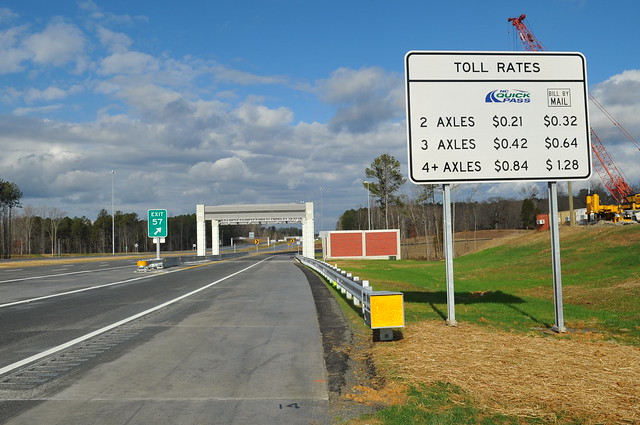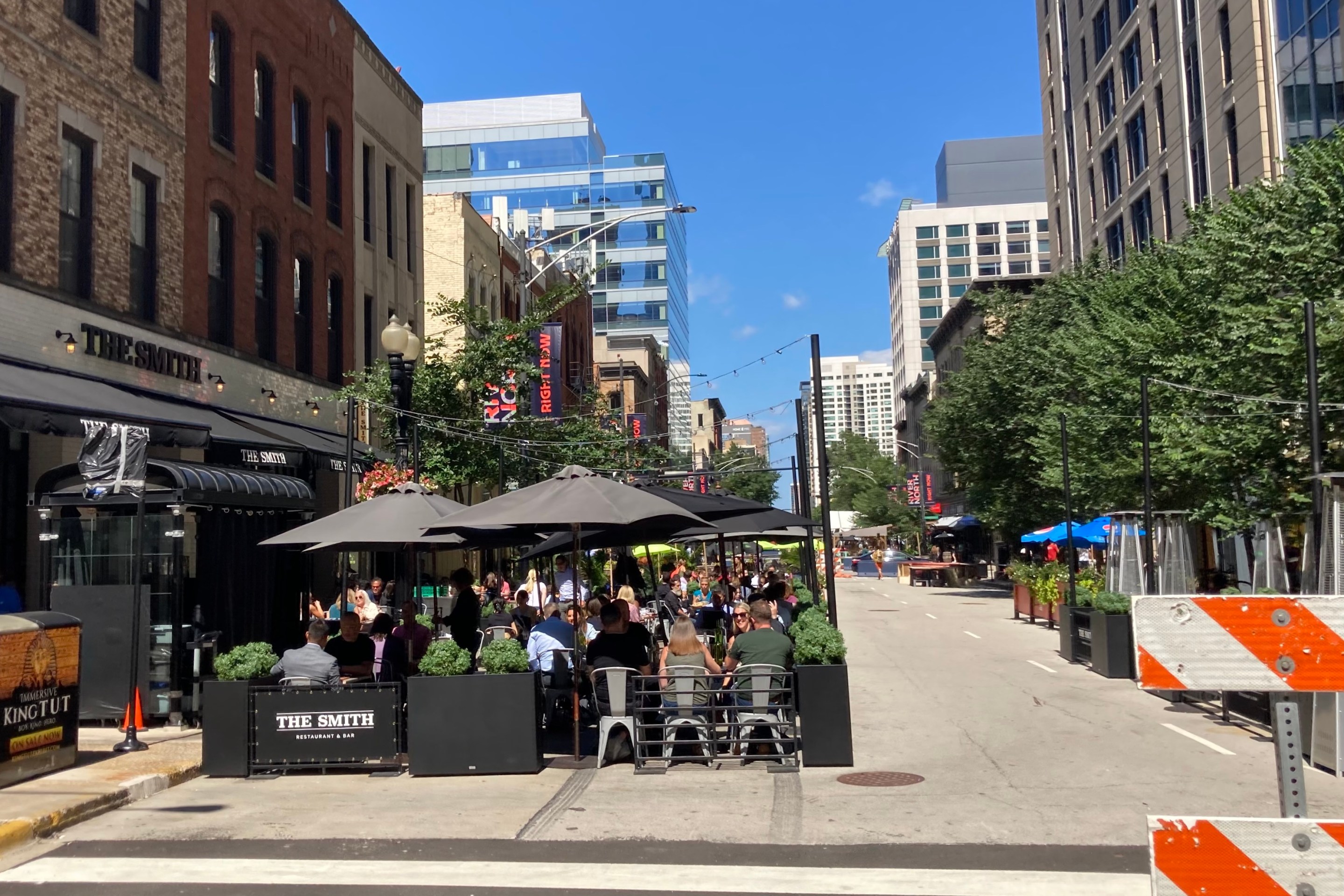Remember the "innovative" public-private partnership Governor Quinn lauded as a way to build the "21st century" Illiana Expressway, without shifting the entire cost onto the general public? Or remember CMAP's statement opposing the project, based on its contradictory growth projections, overestimated benefit to the region, and severe financial risk, and the multiple op-eds and articles that followed, all expressing concern about the expressway's ability to garner enough toll revenue to pay for itself?
It appears that the Illiana project, extolled by the governor and IDOT as a way to invigorate the south suburban economy by building a privately-financed and operated expressway, will actually involve even more public dollars than we imagined.
The terms of the public-private partnership devised for the Illiana have already been condemned in the local media. The project's backers cite the eventual selection of a private developer to design, construct, and operate the expressway as a way to relieve the public from paying for the project; indeed, its "private financing" is perhaps why the project could even be contemplated by a state with huge debts. But a Toll Sensitivity Analysis [PDF] released by IDOT last November shows that the Illiana will cost four times as much to drive on as nearby tollways. Any business would have a hard time staying open by charging four times as much as nearby, more convenient competitors.
Unless that business is road building in Illinois, of course. An agreement between Illinois and Indiana now commits a minimum of $250 million in Illinois dollars to the project. Indiana's DOT has also committed $80–$110 million to the project; together, this amounts to at least a third of the project's currently projected cost of $1 billion. If toll revenue fails to live up to expectations, the public may be on the hook for much, much more.
Is IDOT trying to sweeten the deal to attract road developers by promising a minimum amount of public funds upfront? What more could be done to make the project palatable to a developer, when both states have already made it clear that they'll pay up to the entire cost?
Public-private partnerships make sense when there's a good chance that the risks of the project will be shared -- rather than just placing all the risk on the public sector and all the rewards on the private sector. As the number of vehicle miles traveled has fallen over recent years, other toll roads built using public-private partnerships have fallen far behind on revenue expectations. With Illinois' transportation fund perilously underfunded and about to expire, it makes little sense to further burden it with a new, money-losing road. IDOT must know this, which is why they're offering hundreds of millions upfront (plus untold billions in guarantees) to court builders.




